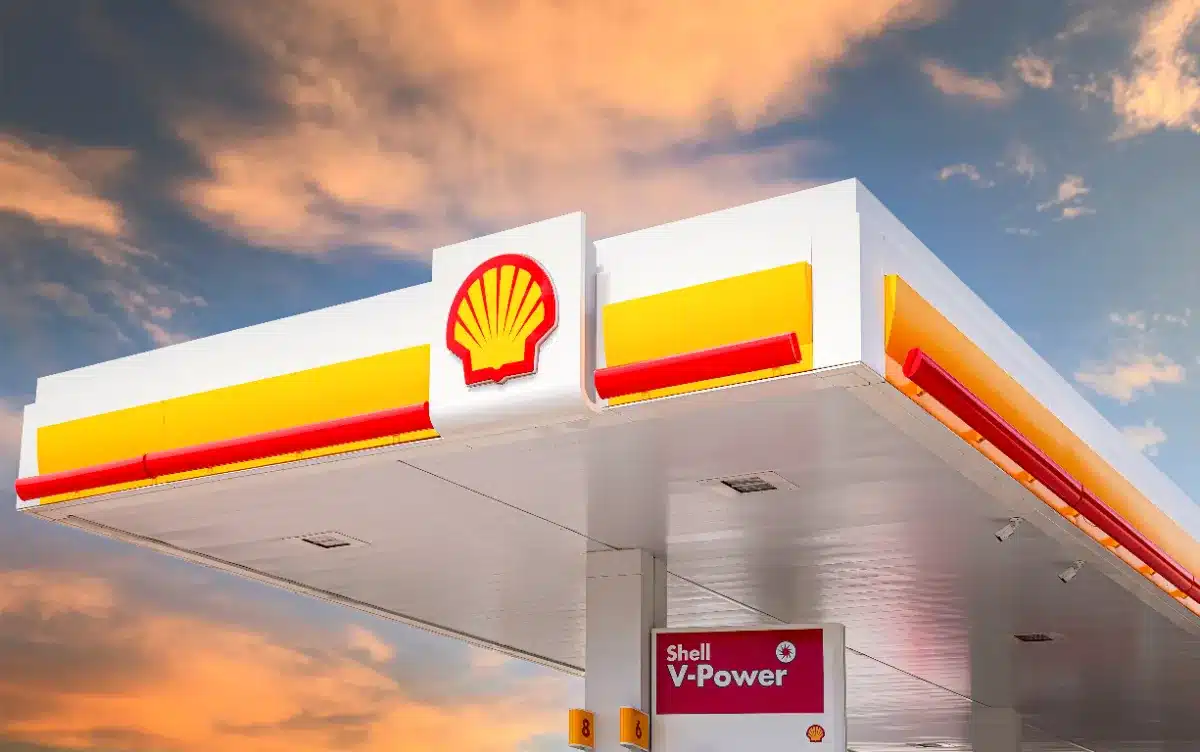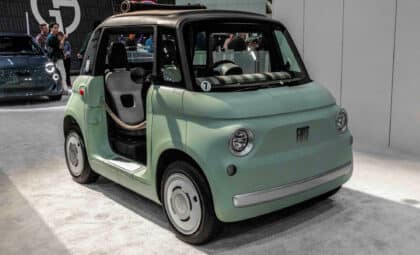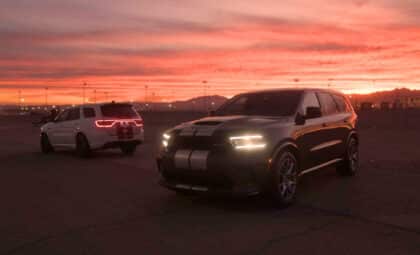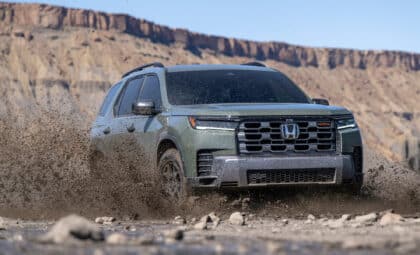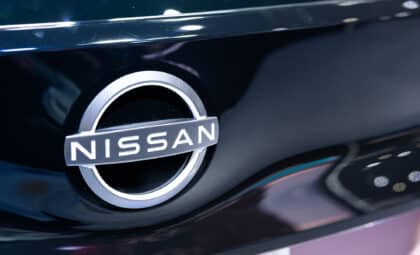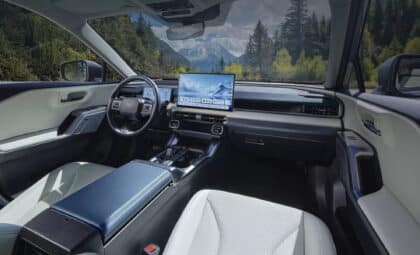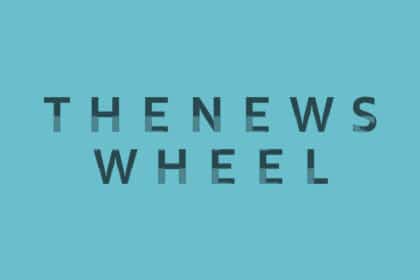A TikTok video is making waves online, racking up over 3 million views. Posted by Jesse Miller, the clip asks a simple yet thought-provoking question: “Does anyone want to explain to me why there’s two pipes that go in, but there’s three (octane) options?” This query not only grabbed the attention of social media users but also brought a little-known U.S. gas station practice into the spotlight.
Understanding gasoline options at U.S. stations
Most U.S. gas stations offer three octane choices: regular, mid-grade, and premium. But behind this variety lies a simpler setup. Typically, these stations keep only two types of gasoline in storage: regular (87 octane) and premium (91 or 93 octane). The mid-grade option (usually 89 octane) isn’t kept in a separate tank—it’s actually blended right at the pump.
This mixing happens either in the pump’s metering chamber or in the fuel line leading to the nozzle. The dispenser’s onboard software handles the blend based on the octane rating you pick. For example, to make mid-grade fuel, it might mix 50% regular fuel with 50% premium, though that ratio can shift a bit depending on the station.
Regulatory framework and standards
Fuel blending at the pump isn’t just a neat trick—it’s tightly regulated. Every state enforces rules through its own Weights and Measures program, which makes sure that the blended fuels hit very specific octane levels and that pump calibrations are spot on.
Local agencies run routine inspections to check these standards. If a dispenser’s calibration is off, stations might face heavy fines or even a temporary shutdown.
Advantages of blending technology
Blending fuel directly at the pump brings a number of perks for both drivers and station owners. It cuts down on operational costs and simplifies inventory management because most stations use just two underground tanks—one for regular and one for premium gasoline. This setup helps lower the chances of equipment failures and cuts down on environmental risks like tank leaks.
Additionally, this streamlined approach means fewer inspections are needed to meet state and federal rules. It also gives station owners more freedom to optimize space and manage costs while still delivering good-quality fuel.
Public reaction and engagement
Jesse Miller’s TikTok clip wasn’t just informative—it was funny, too. The comments exploded with playful jabs, with people joking about pipes pumping Coca-Cola or water, and comparing gas pumps to kitchen sinks that dole out hot, cold, and warm water.
Motor1 reached out to Jesse Miller via direct message for more details about his viral video. So far, he hasn’t shared any extra info, but we’ll keep you posted if that changes.
Ensuring compliance through oversight
The rules around fuel blending work hard to keep consumers protected through solid oversight. State Weights and Measures programs play a key part in regularly checking fuel pumps to make sure they meet established standards. Dispenser calibration gets tested carefully to ensure the octane levels and fuel amounts are exactly right.
If a station fails these checks, it could face steep fines or even have to halt operations until everything is fixed.
This whole episode shows how a simple question can spark major interest and get people talking about everyday things—like filling up your car—and reminds us why it’s important to know how these safety checks keep our fuel up to standard.

